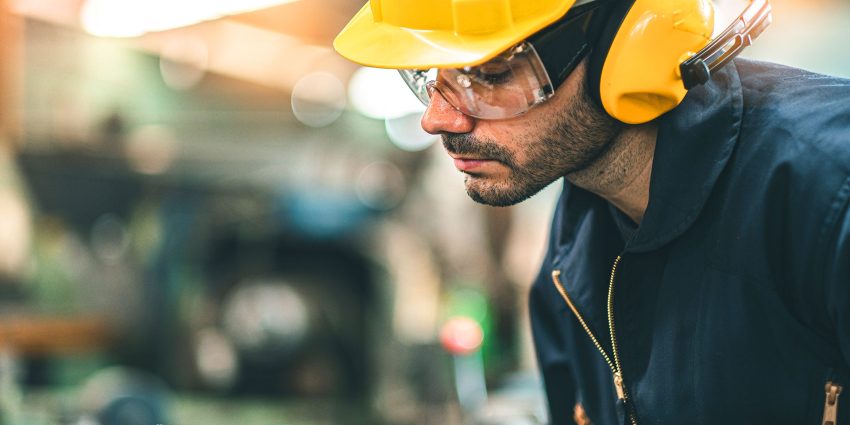Replacing tools isn’t always an easy decision. Whether you’re working in manufacturing, upholstery, leathercraft, or heavy industry, the tools you use every day need to be reliable, durable, and precise. When it’s time to upgrade, choosing the right replacements can mean the difference between long-term value and wasted money.
Before making the switch, consider these key factors to ensure you’re investing in tools that will stand the test of time.
Quality Over Cost
A cheap tool might seem like a great deal at first, but lower-quality materials and poor construction can lead to frequent breakdowns. If a tool wears out too quickly or fails under pressure, it ends up costing more in replacements and lost productivity.
Look for tools made from high-grade materials, such as hardened steel or solid brass, that can withstand heavy use. American-made industrial tools are known for their durability, ensuring they hold up even in the toughest work environments.
Compatibility With Your Work
Not all tools work the same way across different industries. A high-quality cutting tool for leatherwork may not perform well on heavy-duty industrial materials. Before upgrading, consider the specific needs of your work.
- Does the tool match the materials and processes you use most?
- Will it improve precision, speed, or efficiency?
- Is it designed for heavy, everyday use?
Upgrading should make the job easier, not introduce unnecessary complications.
Comfort and Usability
A well-designed tool should feel right in your hand. If a tool is uncomfortable to grip, too heavy, or awkward to maneuver, it can lead to strain and fatigue over time.
Look for features like ergonomic handles, balanced weight, and smooth operation. A tool that is comfortable to use allows for greater precision and efficiency, reducing the risk of mistakes and workplace injuries.
Longevity and Maintenance
Investing in tools that last means fewer replacements and less downtime. Some tools require regular maintenance to perform at their best, while others are built to last with minimal upkeep.
Before upgrading, check if the tool:
- Has replaceable parts or requires full replacement when worn
- Needs special care or lubrication to extend its life
- Comes with a warranty or manufacturer support
A well-maintained, high-quality tool can last for decades, making it a smart long-term investment.
Conclusion
Upgrading isn’t just about getting something new—it’s about choosing tools that improve your work and last for years. By focusing on quality, usability, and durability, you can ensure that every new tool is a step toward greater efficiency and reliability.

